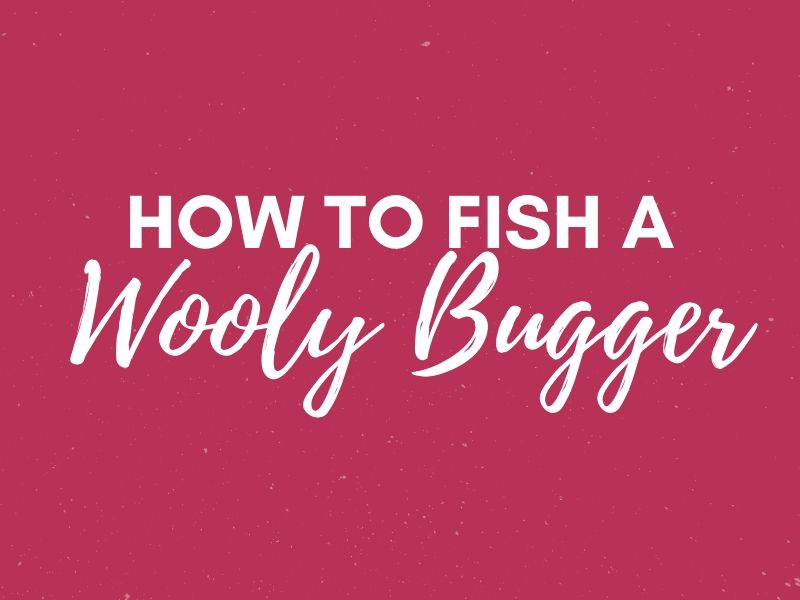Woolly buggers are widely regarded as one of the best fly patterns an angler can have in their toolbox. If you’re new to fishing with woolly buggers, in this short post we will cover how to set them up, and how to use them effectively to catch more fish.
What is a Woolly Bugger?
A woolly bugger is an artificial fly that is usually classified as a streamer or wet fly. They are used in fly fishing to target both freshwater and saltwater game. They are fished just below the surface of water and can be used in almost any setting.
They are commonly made with a marabou tail, a fur body, and a hackle. They come in a variety of colors and can also come in weighted varieties.
How to Tie a Woolly Bugger
There are a number of different methods for tying these flies. If you’re interested in learning to tie your own woolly bugger, here are a few great resources to consult:
Tie a Woolly Bugger
How to Tie a Woolly Bugger
Tying an Olive Woolly Bugger Video
How to Fish a Woolly Bugger
There are a variety of different tactics you can use to increase the effectiveness of fishing with your woolly bugger. They are versatile flies that can mimic a variety of different food sources, which is one of the reasons they are so productive at getting bites.
Strip and Pause Technique
A popular method is to pull the woolly bugger through the water with a strip retrieve. You can vary the speed and length of the retrieve. Try using a 6 to 12 inch strip and pause for a while. Work it slow and steady. If that doesn’t get the fish biting you can switch up your tempo and try shorter 2 to 4 inch strips. Just be patient because often the fish won’t hammer your bugger right away, but will wait and follow it before attacking.
Bottom Bouncing
If you’re going to bottom bounce your woolly bugger, you need to have it weighted towards the center of the shank with lead wire. Bottom bouncing is pretty simple. It tends to work best if you just touch the bottom. As with any fishing technique, you have to experiment with speed and tempo to find what works best. Start with slow bouncing and you can work your way up to faster twitches along the bottom to find what works best.
Dead Drift
Cast upstream from the zone you think the fish are in and let your bugger dead drift through the strike zone. After it passes downstream you can strip it in and try again. This is a fairly simple method that can work quite well.
Woolly Bugger Size Recommendations
Trout
Right around a size 12 is good for trout fishing.
Bass
For bass fishing, a size 4 to 8 is a good option.
Panfish
For panfish a 10 to 12 is a good size.
Related Posts:
How to Use a Rooster Tail Lure
How to Fish a Popper Lure
How to Fish a Buzzbait
